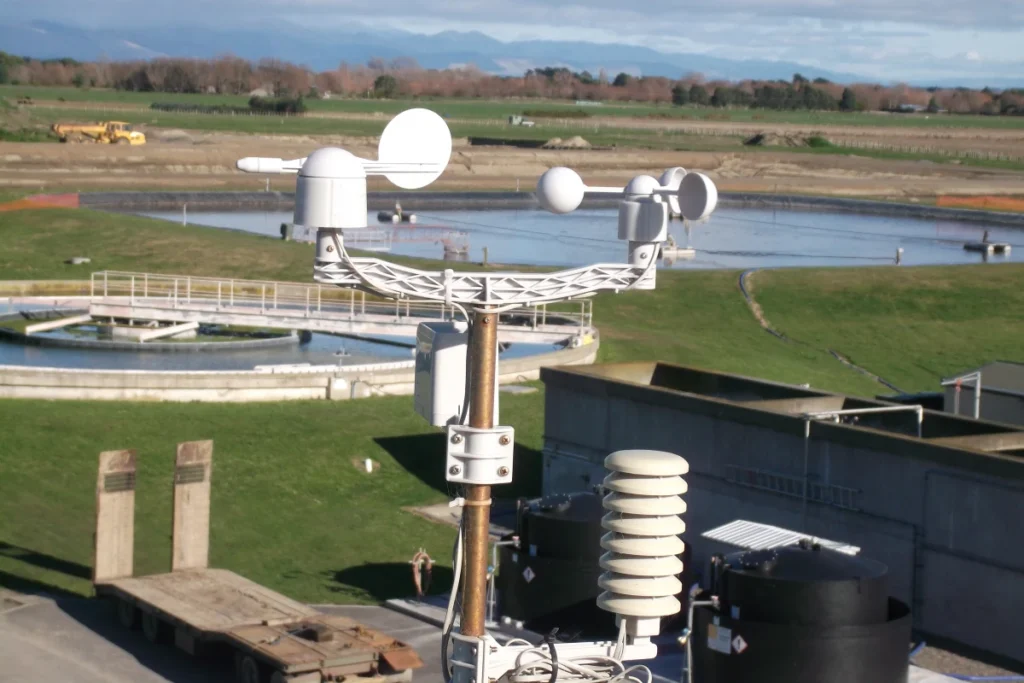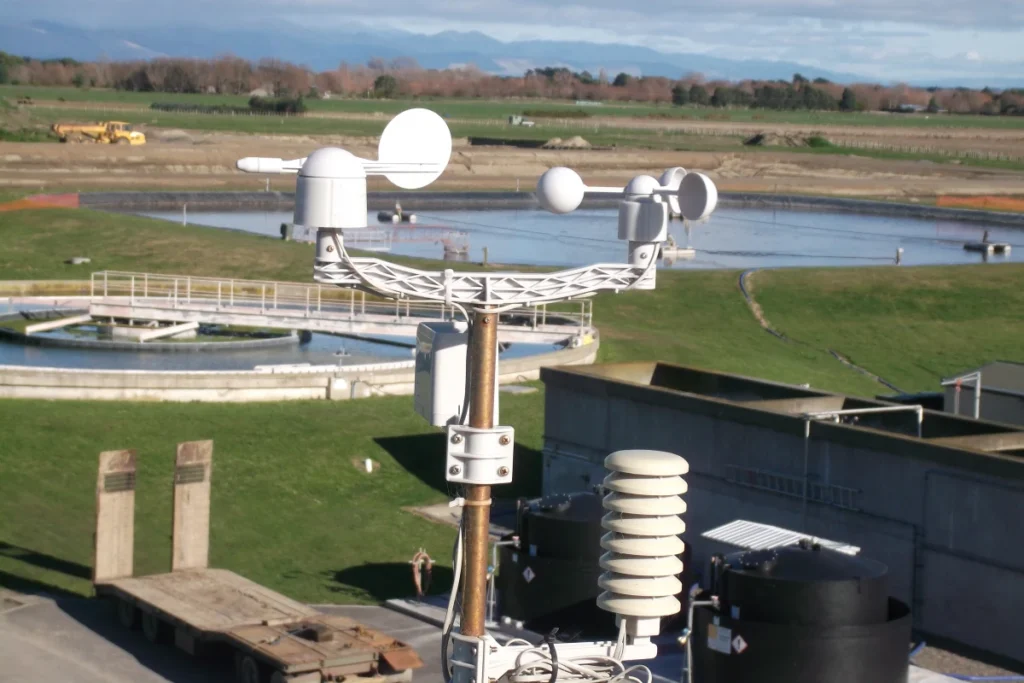
# Anemometer Definition and Its Applications in Meteorology
## What is an Anemometer?
An anemometer is a device used to measure the speed and direction of wind. It is an essential tool in meteorology, providing critical data for weather forecasting, climate studies, and various industrial applications. The term “anemometer” is derived from the Greek word “anemos,” meaning wind, and “metron,” meaning measure.
## Types of Anemometers
There are several types of anemometers, each designed for specific applications:
– Cup Anemometer: This is the most common type, consisting of three or four cups mounted on horizontal arms. The cups catch the wind, causing the arms to rotate. The speed of rotation is proportional to the wind speed.
– Vane Anemometer: Also known as a windmill anemometer, this type uses a propeller mounted on a wind vane. The vane aligns itself with the wind direction, and the propeller’s rotation speed indicates the wind speed.
– Hot-Wire Anemometer: This type uses a heated wire that cools down as the wind passes over it. The rate of cooling is used to determine the wind speed.
– Ultrasonic Anemometer: This advanced type uses ultrasonic sound waves to measure wind speed and direction. It is highly accurate and is often used in research and high-precision applications.
## Applications in Meteorology
Anemometers play a crucial role in meteorology, providing data that is essential for understanding and predicting weather patterns. Here are some key applications:
– Weather Forecasting: Accurate wind speed and direction data are vital for creating reliable weather forecasts. Anemometers are used in weather stations worldwide to collect this information.
– Climate Studies: Long-term wind data collected by anemometers help scientists study climate patterns and changes. This data is crucial for understanding global warming and other climate-related phenomena.
– Aviation: Wind conditions significantly impact aviation safety. Anemometers are used at airports to provide real-time wind data, helping pilots make informed decisions during takeoff and landing.
– Renewable Energy: Wind turbines rely on consistent wind speeds to generate electricity. Anemometers are used to assess wind resources and optimize the placement and operation of wind farms.
## Conclusion
Anemometers are indispensable tools in meteorology and various other fields. By providing accurate measurements of wind speed and direction, they contribute to weather forecasting, climate research, aviation safety, and renewable energy production. Understanding the different types of anemometers and their applications helps us appreciate the importance of these devices in our daily lives and the broader scientific community.
Keyword: anemometer definition
